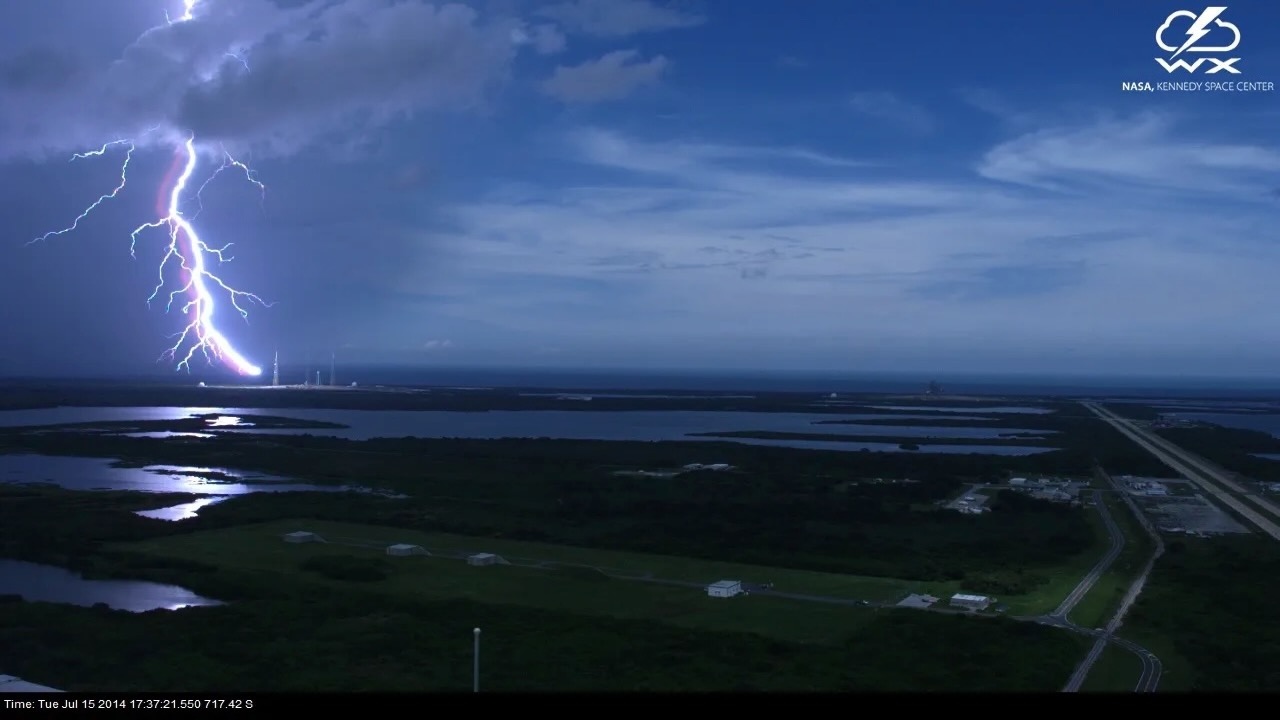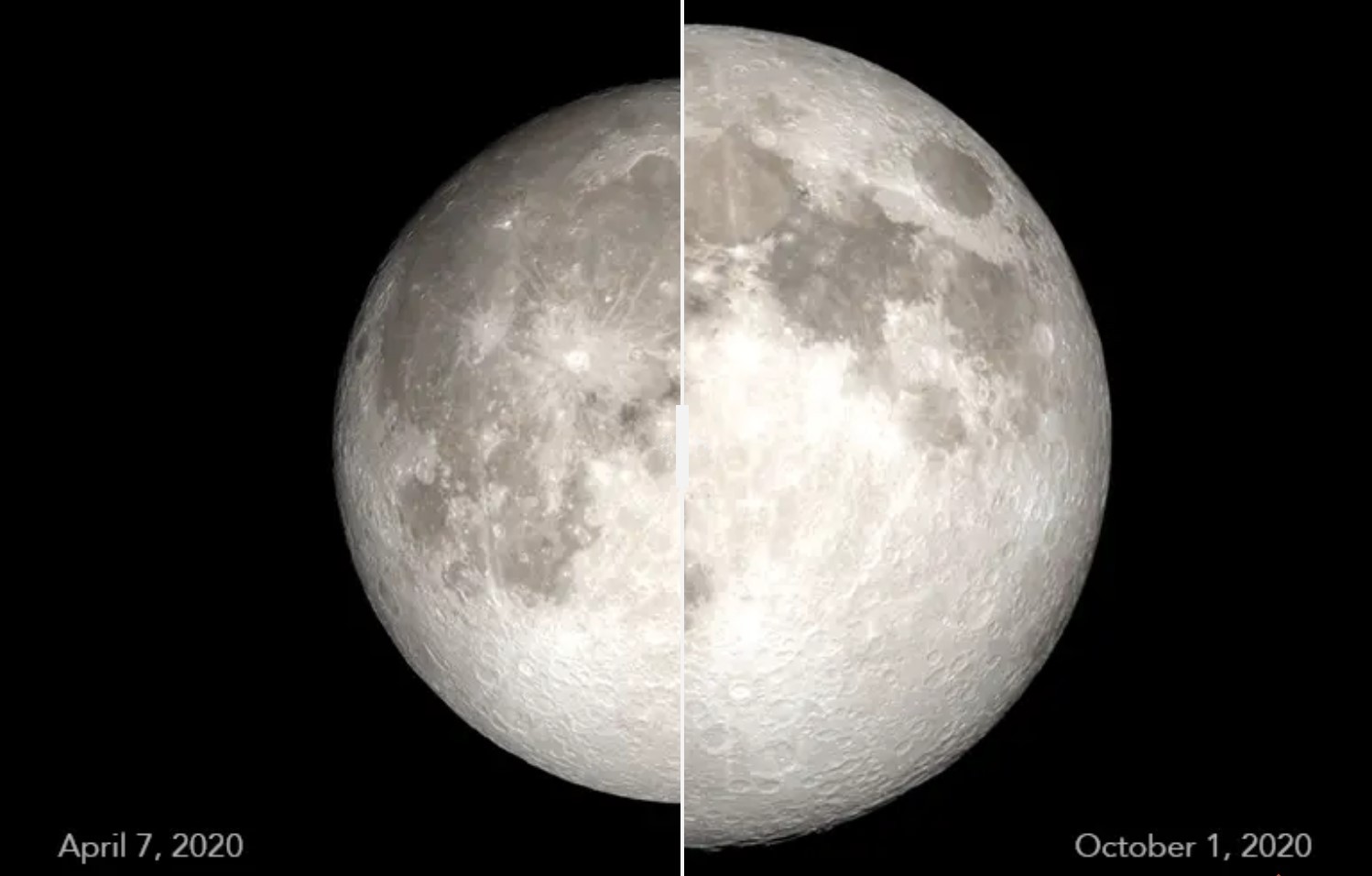Google-inspired AI model improves Cape Canaveral space launch weather forecasts by 50%
The AI algorithm runs up to 40,000 times faster than a conventional weather model.

A novel AI-powered weather model inspired by language-processing systems invented by Google is helping meteorologists at Cape Canaveral Space Force Station avoid disruptions to the busy launch schedule along Florida's Space Coast.
Rockets are among humankind's most impressive inventions, but these powerful machines are at the mercy of Mother Nature: Next to technical problems, weather is the most common cause of postponed launches.
Most U.S. liftoffs occur from Florida, where thunderstorms are a common occurrence. Such weather systems produce lightning that can disrupt a rocket's navigation systems. Wind shear — an abrupt change in wind speed and direction occurring within a short distance in the atmosphere — "hits like a sledgehammer when [the rocket is] going up supersonic," as SpaceX founder and CEO Elon Musk put it in a post on Twitter (now known as X) after a 2016 launch delay. Thick clouds that could contain water ice are also a reason for a no-go, according to Headed for Space.
The U.S. Space Force's 45th Weather Squadron and its powerful supercomputers are in charge of forecasting weather for the Cape Canaveral area, including NASA's Kennedy Space Center and Cape Canaveral Space Force Station. The squadron's meteorologists approve launch windows 48 to 72 hours in advance to allow for fueling and launch pad preparations. But weather in the area is notoriously volatile, and around 16% of rocket launches end up getting scrubbed. A new AI model, developed by San Francisco-based company Atmo AI, helps the squadron speed up weather predictions, improve accuracy and provide better spatial and temporal resolution.
Related: Safety first: NASA pledges to use AI carefully and responsibly
"Our technology makes the weather forecast much more compact," Johan Mathe, Atmo's co-founder and chief technology officer, told Space.com. "Instead of a supercomputer, it runs from a single machine with one GPU [graphics processing unit]."
The self-learning algorithm, which digests vast amounts of weather data, is based on the same technology that powers language-processing models developed by Google. While traditional supercomputers require a lot of human input and take hours to run their complex weather models, Atmo AI's algorithms can recalculate their predictions "every few minutes" as new data arrives, Mathe explained.
Get the Space.com Newsletter
Breaking space news, the latest updates on rocket launches, skywatching events and more!
"A typical forecast takes anywhere between three and nine hours," said Mathe. "Our forecast can run in about 10 seconds. This is a critical thing. You get sensor information coming every minute, and the bottleneck becomes the forecast itself. I see that the wind speed is X and there is some rain there; you have to assimilate all this data, and then you can see the results. If it takes you nine hours to see the forecast, you will always be nine hours late."
He added that the company's AI algorithm provides up to 50% better predictions for key metrics including wind, temperature and humidity and sees differences within an area smaller than 1 square kilometer (0.4 square miles).

The developers trained the model using 45 years' worth of weather data, looking for patterns in weather development that could signal its future evolution.
Mathe and Atmo's other co-founder, Alex Levy, have both been developing AI systems for years. Mathe previously built a company using AI for heart disease diagnostics, and Levy worked in the field of AI-driven drug discovery. They founded Atmo in 2020 and three years later began cooperating with the 45th Weather Squadron, providing forecasts for Cape Canaveral space launches.
"Today, AI gets a lot of press for doing language models, but it is great for the type of physics and computational fluid dynamics that can solve weather forecasts," Mathe said. "It provides the meteorologists with a forecast that is of higher quality and runs much more often so that they can do their planning for the launch."
Join our Space Forums to keep talking space on the latest missions, night sky and more! And if you have a news tip, correction or comment, let us know at: community@space.com.

Tereza is a London-based science and technology journalist, aspiring fiction writer and amateur gymnast. Originally from Prague, the Czech Republic, she spent the first seven years of her career working as a reporter, script-writer and presenter for various TV programmes of the Czech Public Service Television. She later took a career break to pursue further education and added a Master's in Science from the International Space University, France, to her Bachelor's in Journalism and Master's in Cultural Anthropology from Prague's Charles University. She worked as a reporter at the Engineering and Technology magazine, freelanced for a range of publications including Live Science, Space.com, Professional Engineering, Via Satellite and Space News and served as a maternity cover science editor at the European Space Agency.









